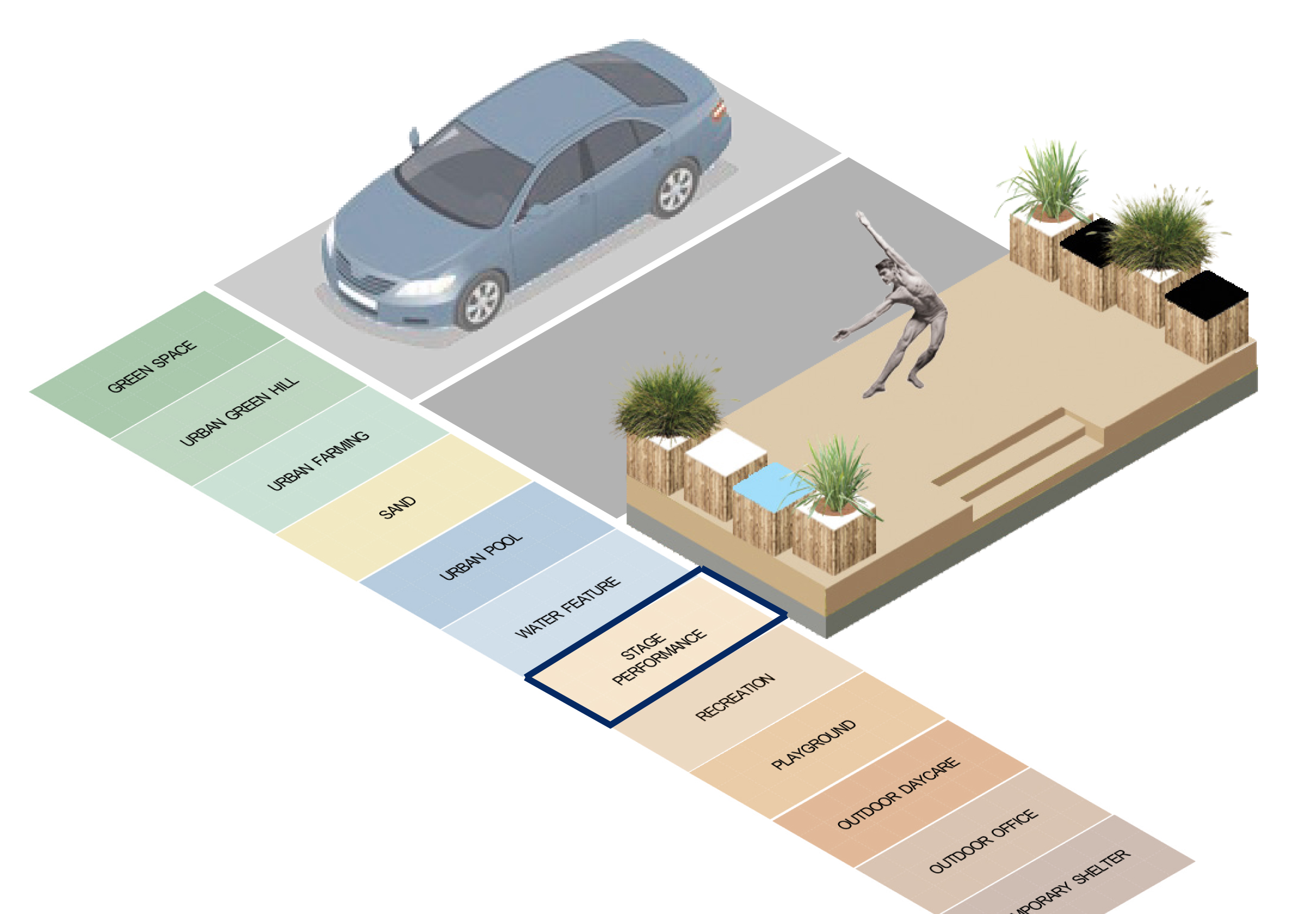What can architectural thinking offer to performative arts, one of the most endangered artistic sectors by the current health emergency? How can architecture contribute to the development of new spaces, and the impact that they will have on communities? These are the key questions driving the research project.
In this particular moment in history, the need to rethink the present in a creative way is more urgent then ever and, as architects, we would like to reclaim our role in the process. In the current transitional phase, everybody must re-imagine their role, including architects and urban designers, who will need to prioritise aspects of the profession that transcend the technical and the commercial. As prominent architecture theorist Jeremy Till recently said in an online lecture for the ‘100 Day Studio’ series of the Architecture Foundation (available on YouTube and highly recommended to everybody) – architecture is, and has always been, a manifestation of society’s progress and growth; these two parameters require dramatic confrontation due to the current health emergency, and the climate emergency before that, in all fields – performative arts too.
Performance is a traditionally central element in many artistic practices, from contemporary dance to classic theatre. Modalities of performing have developed over the centuries, in adaptation to ever changing social and political conditions and cultural demands; venues, in parallel, have also developed and adapted in a number of ways. From the iconic ancient Greek amphitheatres, all the way to contemporary, hyper flexible theatres and improvised venues, the architectural framing of a performance has always played a major role in its success - or its failure. With these considerations in mind, it is logical that in this moment of crisis the status quo is being challenged and spaces for artistic performances need to be reconsidered. No space should be excluded.
Crisis can bring on positive changes too, and the use of alternative space for performative arts is definitely one of those. In a society in need of cohesion (as opposed to the individualism promoted by the ubiquitous capitalistic culture of the last decades), speculations on innovative and safe ways of bringing people together thanks to performative arts can lead to experimentations that will lay the foundation of common spaces of the future. The realm of the digital has offered a great alternative for the first phase of the current health emergency (and has contributed to making art in general more accessible to all), but it will not be able to replace completely the physical experience of a performance, which will remain the most powerful way of engaging with an audience. Spaces for art and performances can play a fundamental role in the reorganisation of the city, which was previously focused on environmental factors prompted by climate change, and which has been now accelerated by the health emergency.
The final research outcome will present our efforts in trying to conquer new fields, focusing on the added value of architectural thinking and on its potential contribution to the arts and society at large. The conclusions will present the main characteristics of the ideal ‘venue of tomorrow’. The main outcome could take different shapes, on the basis of the research findings: it could be a video, or a series of images with texts as a booklet, or a mix of both. It could even be translated into an actual performance in a chosen space of investigations!

1.Reinventing the city: alternative uses for car parks could include, among a number of alternatives ranging from natural elements to open air co-working areas, outdoor performance spaces. In the space of a car park, one could fit a modular and mobile stage, for example.

2.Rialto theatre, spatial analysis. All potential case studies will be analyzed both in their perceived and conceived dimension.
Submitting ...
Saving ...
Any applications related to this entity, will also be automatically deleted.